I love to discover old things on the internet and give them new life by sharing them here. Searching around for wonderful things to curate and share with you, I was looking for Czechs, ie: Bohemians, and I stumbled across A Bohemian Art Club, an article originally written by Henry Russell Wray. Henry was an American painter, born in 1864. In the article, he discusses the Philadelphia Sketch Club, which was founded on November 20, 1860, in Philadelphia, Pennsylvania. To date, it is one of America’s oldest artists’ clubs.
The club’s mission is “to provide a community for visual artists, appreciation of the visual arts and visual arts education.” The club’s low-cost workshops and competitions are open to the public to this day. The club has held shows and exhibitions since its founding and all interested artists are invited to apply for membership. The club’s activities are sustained by gifts from members, friends and nearly 20 major foundations, corporations and historical organizations.
I’m sharing this today because during the late 1800s – early 1900s, the word “Bohemian” had a very distinct meaning for the upper crusts of society. Here is what Henry wrote:
The word Bohemian, in its modern application, has been robbed of much of that romance which was wont to cast a halo about it in the times written of by M. Henri Murger in his Scènes de la vie de bohème.
The word in our day has been dwarfed to illustrate the character who sips champagne frappé with a souvenir spoon, smokes only imported cigars, wears foreign-cut clothes, elevates his nose at the very mention of vulgar beer, and, because he deprives himself of the services of a valet, declares himself, and is recognized by many as, a Bohemian.
This, naturally, is an extreme. Bah! “To what base uses,” etc., as the poet cried.
La Vie de Bohème in America, however, is not dead, though its name has been misappropriated by “swelldom.” It exists, and, magnet-like, draws to a common centre the student and graduate in art, literature, music and the sciences.
During the time, to be “Bohemian” meant that you likely had informal and unconventional social habits. It’s also highly likely that you were a poet, an artist or a writer. The roots of the word still stick, although these days you’re more likely to be a nonconformist, a free spirit, or dropout – not as in highschool, but as in society.
Who Are the Bohemians?
Young bloggers seem to associate being Bohemian with being a gypsy or a nomad and dressing like a rehashed 70’s hippy. Bright colors, lots of beads and braids, when you Google the word Bohemian and look at images, here’s what you’re likely to see.
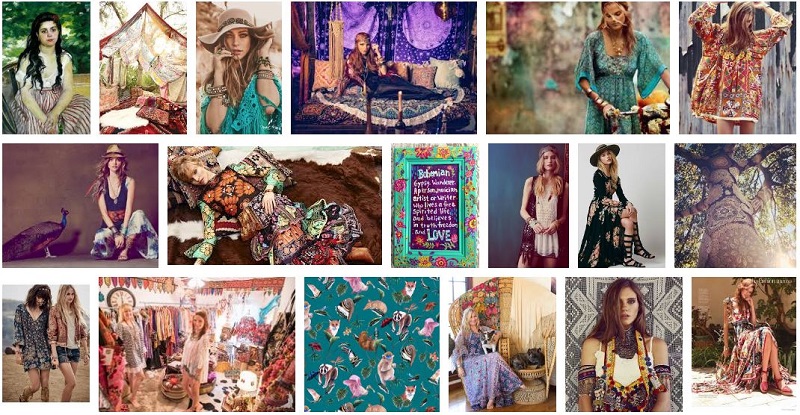
If you read the Wikipedia page, they’ll tell you that “Bohemianism is the practice of an unconventional lifestyle, often in the company of like-minded people, with few permanent ties, involving musical, artistic, or literary pursuits. In this context, Bohemians may be wanderers, adventurers, or vagabonds. This use of the word bohemian first appeared in the English language in the nineteenth century to describe the non-traditional lifestyles of marginalized and impoverished artists, writers, journalists, musicians, and actors in major European cities. Bohemians were associated with unorthodox or anti-establishment political or social viewpoints, which often were expressed through free love, frugality, and—in some cases—voluntary poverty. A more economically privileged, wealthy, or even aristocratic Bohemian circle is sometimes referred to as haute Bohème (“high Bohemians”).”
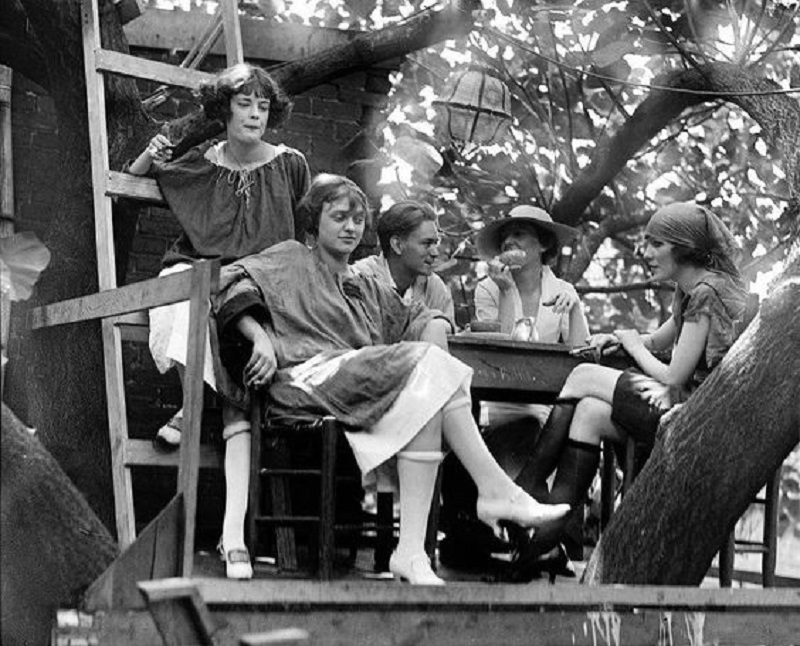
Smoking at The Krazy Kat Klub, a bohemian hangout in a treehouse, in Washington DC, 1921. In 1919 the Washington Post described it as, “something like a Greenwich Village coffee house, in an alley near Thomas Circle”.
The American Bohemians
In New York City in 1857, a group of some 15–20 young, cultured journalists flourished as self-described “Bohemians” until the American Civil War began in 1861. This group gathered at a German bar on Broadway called Pffaff’s beer cellar. Pfaff’s was a drinking establishment in Manhattan, New York City, known for its literary and artistic clientele. From the mid-1850s to the late 1860s, Pfaff’s was the center of New York’s revolutionary culture. As writer Allan Gurganus has said,
Pfaff’s was the Andy Warhol factory, the Studio 54, the Algonquin Round Table all rolled into one.
Habitués included journalist and social critics Henry Clapp, Jr., Walt Whitman, Ada Clare, Fitz Hugh Ludlow, poet and actress Adah Isaacs Menken, playwright John Brougham, artist Elihu Vedder, actor Edwin Booth, author Fitz Hugh Ludlow, and humorist Artemus Ward.
Whitman called owner, Charlie Pfaff, “a generous German restaurateur, silent, stout, jolly,” as well as “the best selector of champagne in America.”
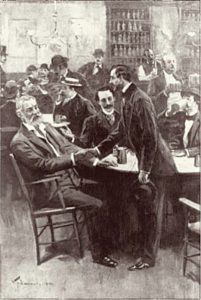
Pfaff’s beer cellar in 1857. Depicted seated is Walt Whitman.
Clapp, considered by many the “King of Bohemia”, founded The Saturday Press as New York’s answer to the Atlantic Monthly. Started as a literary magazine, The Saturday Press eventually became a countercultural zine “with a mix of poetry, stories, radical politics, and an enthusiastic spirit of personal freedom and sexual openness. Before it folded in 1868, it published numerous poems by Whitman and a short story by Mark Twain.
Similar groups in other cities were broken up as well by the Civil War and reporters spread out to report on the conflict. During the war, correspondents began to assume the title “Bohemian”, and newspapermen in general took up the moniker. Bohemian became synonymous with newspaper writer.
In 1866, war correspondent Junius Henri Browne, who wrote for the New York Tribune and Harper’s Magazine, described “Bohemian” journalists such as he was, as well as the few carefree women and lighthearted men he encountered during the war years.
San Francisco journalist Bret Harte first wrote as “The Bohemian” in The Golden Era in 1861, with this persona taking part in many satirical doings, the lot published in his book Bohemian Papers in 1867.
Harte wrote, “Bohemia has never been located geographically, but any clear day when the sun is going down, if you mount Telegraph Hill, you shall see its pleasant valleys and cloud-capped hills glittering in the West…”
Mark Twain included himself and Charles Warren Stoddard in the bohemian category in 1867. By 1872, when a group of journalists and artists who gathered regularly for cultural pursuits in San Francisco were casting about for a name, the term Bohemian became the main choice, and the Bohemian Club was born.
Club members who were established and successful, pillars of their community, respectable family men, redefined their own form of Bohemianism to include people like them who were bons vivants, sportsmen, and appreciators of the fine arts.Club member and poet George Sterling responded to this redefinition:
Any good mixer of convivial habits considers he has a right to be called a Bohemian. But that is not a valid claim. There are two elements, at least, that are essential to Bohemianism. The first is devotion or addiction to one or more of the Seven Arts; the other is poverty. Other factors suggest themselves: for instance, I like to think of my Bohemians as young, as radical in their outlook on art and life; as unconventional, and, though this is debatable, as dwellers in a city large enough to have the somewhat cruel atmosphere of all great cities. (Parry, 2005).
Despite his views, Sterling associated very closely with the Bohemian Club, and caroused with artist and industrialist alike at the Bohemian Grove.
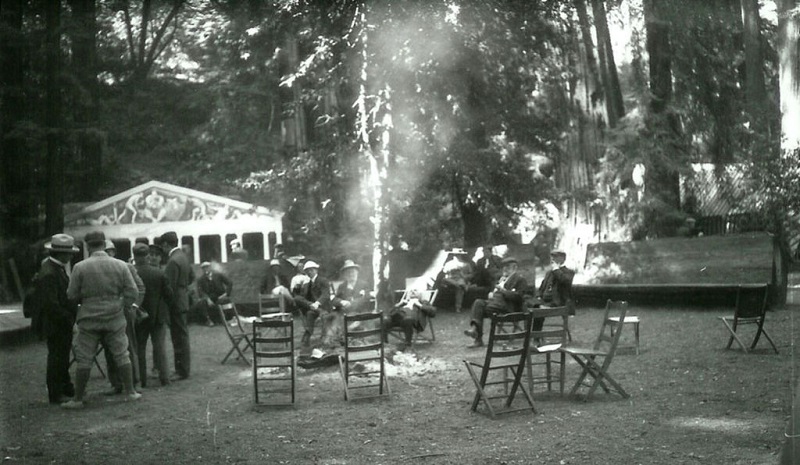
A rare look at Bohemian Grove during the summer Hi-Jinks as photographed by novelist Jack London. circa 1911-16.
We know that to be a Bohemian means that you or your ancestors came from the area once known as the Kingdom of Bohemia.
Somehow – that definition got lost in translation.
The impish American writer and Bohemian Club member, Gelett Burgess, who coined the word ‘blurb’ among other things, supplied this description of the amorphous place called Bohemia:
To take the world as one finds it, the bad with the good, making the best of the present moment—to laugh at Fortune alike whether she be generous or unkind—to spend freely when one has money, and to hope gaily when one has none—to fleet the time carelessly, living for love and art—this is the temper and spirit of the modern Bohemian in his outward and visible aspect. It is a light and graceful philosophy, but it is the Gospel of the Moment, this exoteric phase of the Bohemian religion; and if, in some noble natures, it rises to a bold simplicity and naturalness, it may also lend its butterfly precepts to some very pretty vices and lovable faults, for in Bohemia one may find almost every sin save that of Hypocrisy. …
His faults are more commonly those of self-indulgence, thoughtlessness, vanity and procrastination, and these usually go hand-in-hand with generosity, love and charity; for it is not enough to be one’s self in Bohemia, one must allow others to be themselves, as well. …
What, then, is it that makes this mystical empire of Bohemia unique, and what is the charm of its mental fairyland? It is this: there are no roads in all Bohemia! One must choose and find one’s own path, be one’s own self, live one’s own life. (Ayloh, 1902)
Those identifying with the term could even relate this spoof “Map of Bohemia” by humorist Frank Gelett Burgess of California. The map appears to show the east side of San Francisco Bay as it was in the 1890’s, particularly Oakland and Berkeley.
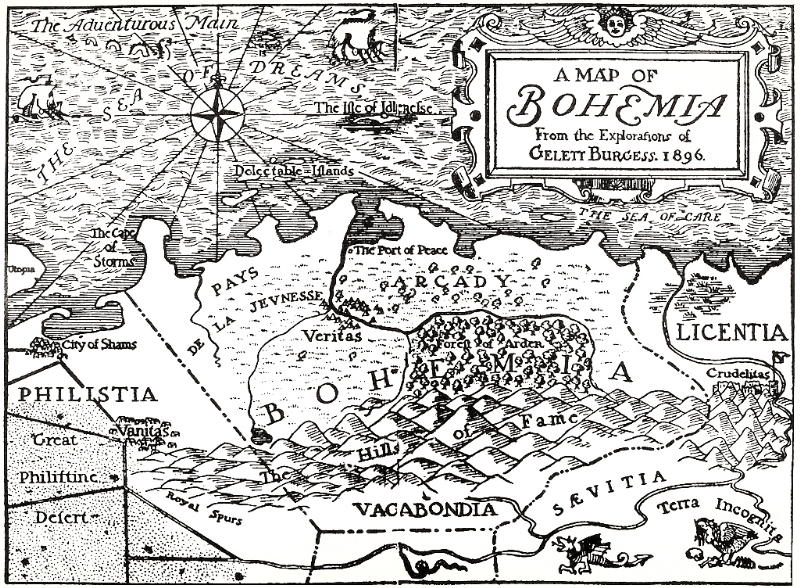
Gelett Burgess drew this fanciful “Map of Bohemia” for The Lark, March 1, 1896.
From the East Coast to the West Coast, Bohemians were popping up everywhere.
Meanwhile, the real Czechs, Moravians and Slovaks tended to settle chiefly in the Chicago area, Texas and the American plains.
Have these other intelligentsia never seen a European map?
Good ones of the Kingdom of Bohemia was it was called in the 1700s do exist!
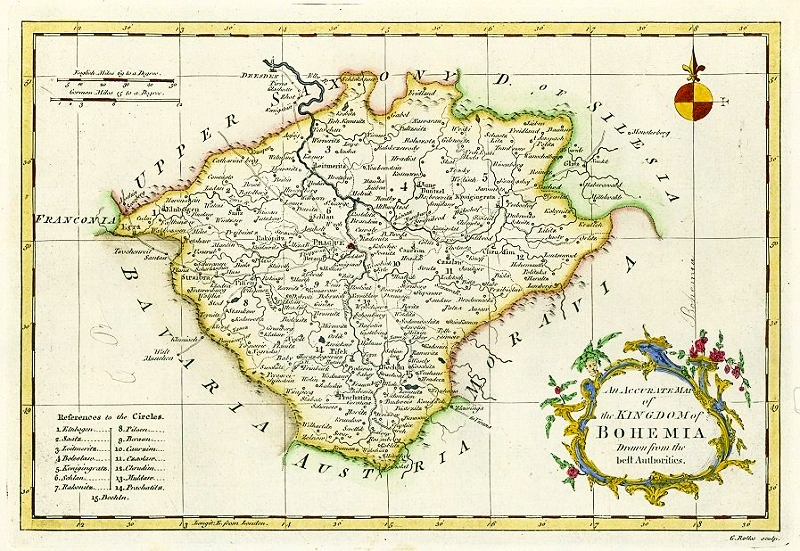
An Accurate Map of the Kingdom of Bohemia. This is a copper engraved antique map by G.Rollos. It was published in Fenning’s A New System of Geography in 1773.
Let’s All Be Bohemians
In New York City, an organization of musicians was formed in 1907 by pianist Rafael Joseffy with friends such as Rubin Goldmark, called “The Bohemians (New York Musicians’ Club)”.
Near Times Square, Joel Renaldo presided over “Joel’s Bohemian Refreshery” where the Bohemian crowd gathered from before the turn of the twentieth century until Prohibition began to bite.
The postmodern Bohemian culture of New York in the late twentieth century was portrayed in Jonathan Larson’s musical Rent and specifically in the song “La Vie Boheme”.
But back to Philadelphia and the article that caught my eye and started this post…
In 1860, a group also calling themselves Bohemians, formed one of the oldest organizations in the United States. The Sketch Club is now world known for graduating from its garret rooms some of the brightest lights in the arts.
As you will read on the original pages, Henry continues:
To staid old Philadelphia, then, attention should be directed, while a review is made of its now famous Sketch Club, where Bohemianism is not forced, like a hot-house plant, but thrives in a natural state, and where fellowship exists without becoming tiresome. The Philadelphia Sketch Club was organized November 20, 1860, by six young enthusiasts who met in the studio of George F. Bensell. Meetings were to be held every Saturday night, and, as one of the rules stated, “when the treasury is ill need of funds it is to be replenished by a subscription levied on each member, not exceeding twelve cents.” The struggle for life was hard, despite such dues.
Take a look at some of the art – and you can finish reading his article.
For the record, I don’t think any of the featured artists were of Slavic origin.
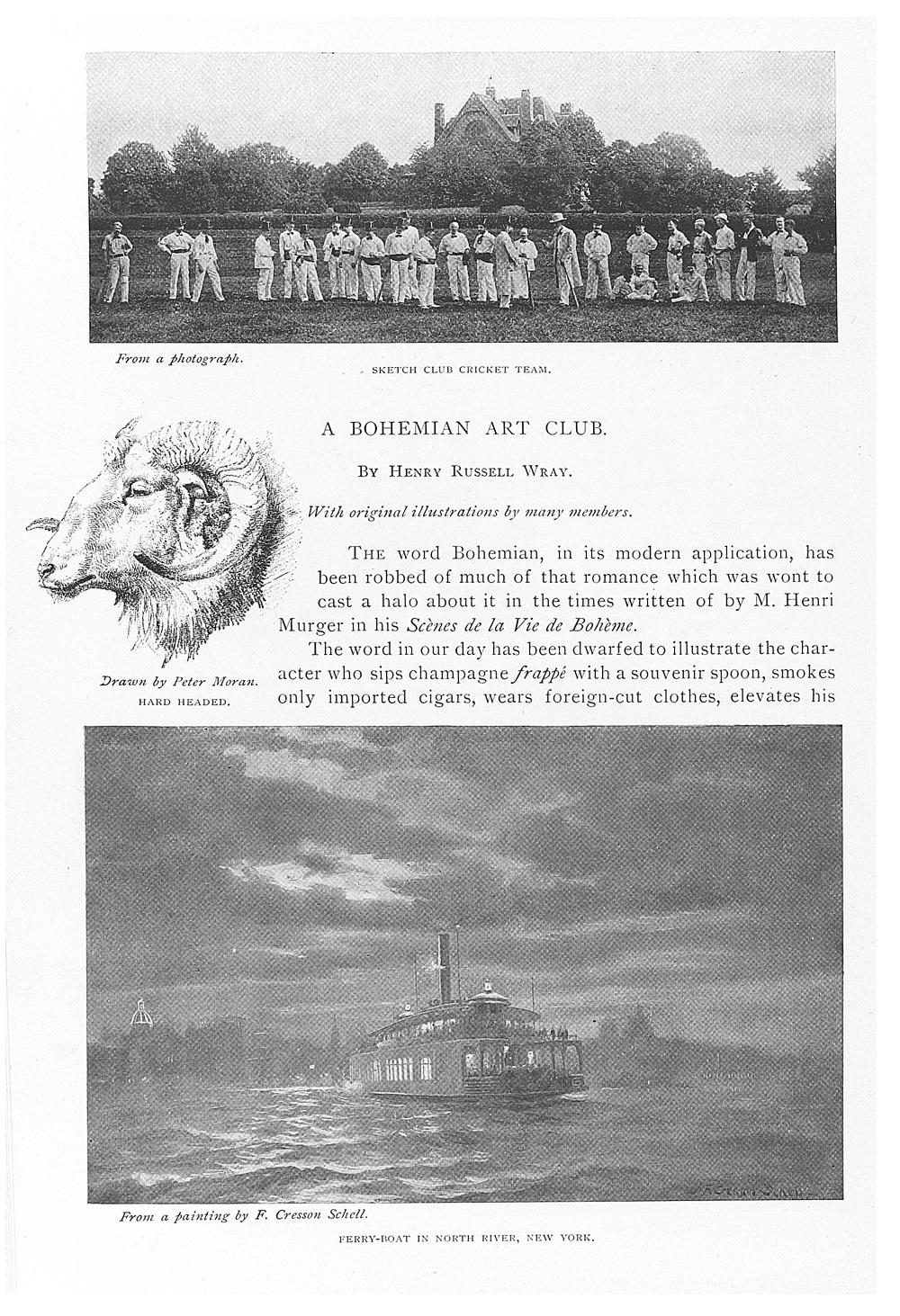
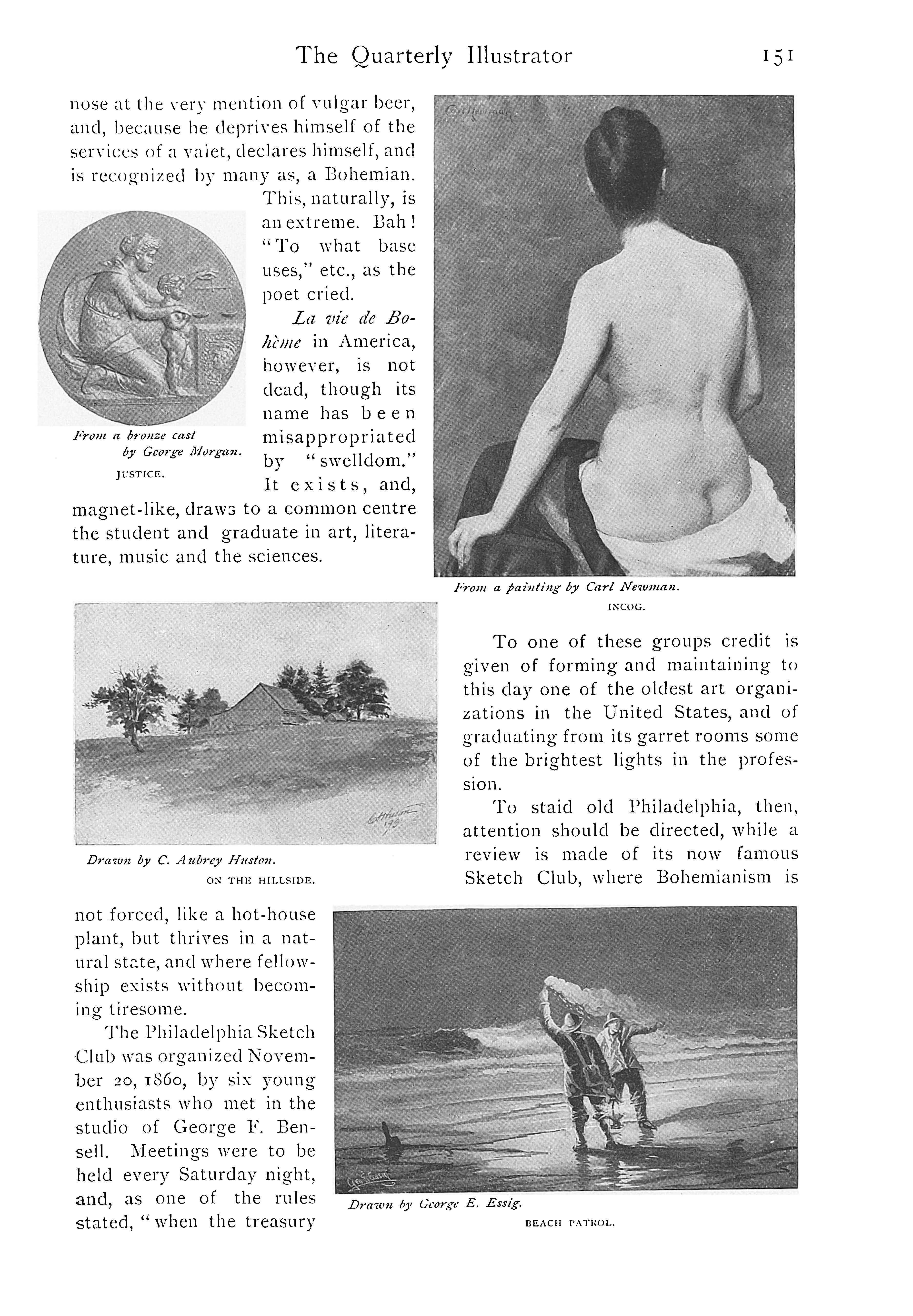
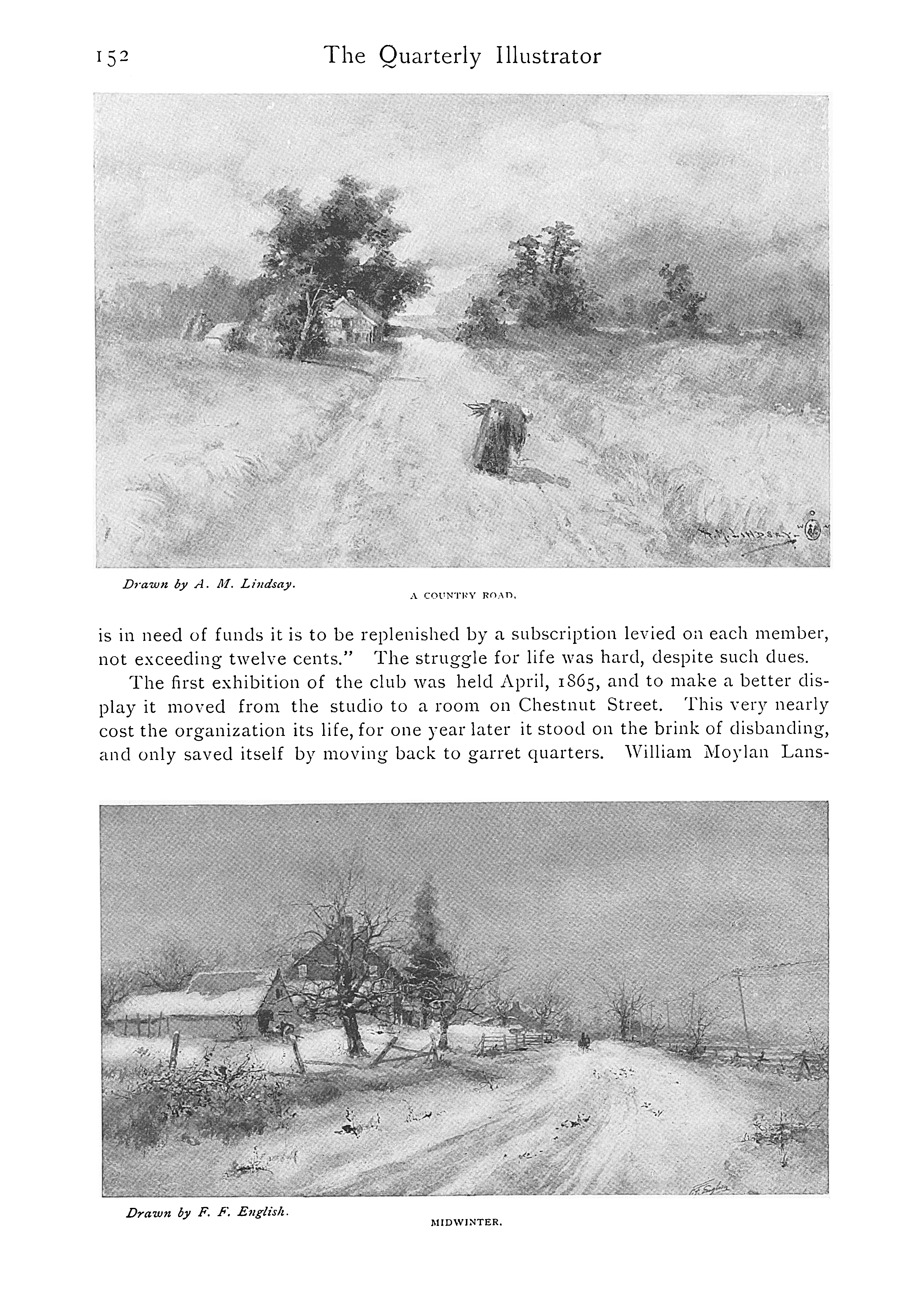
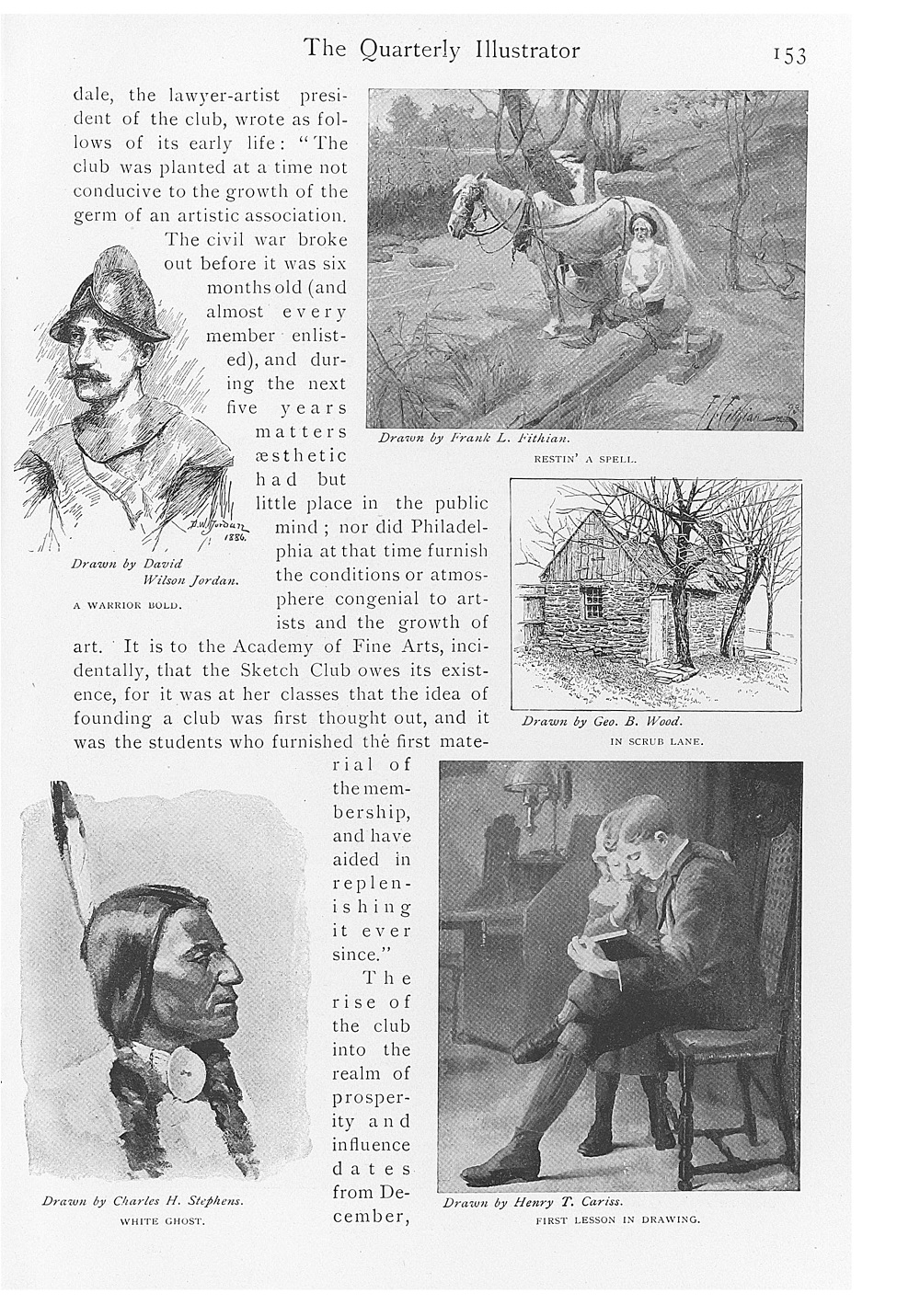
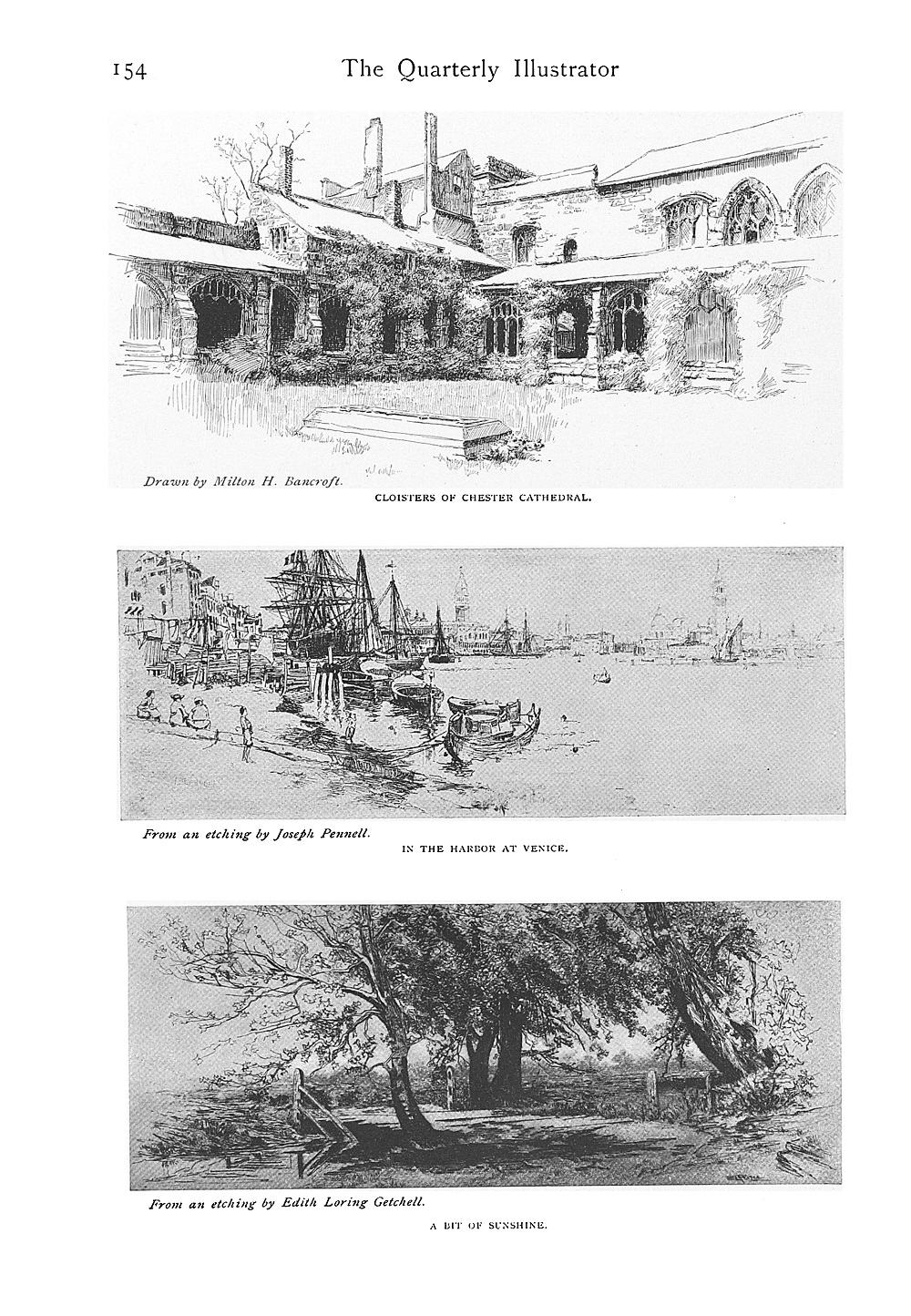
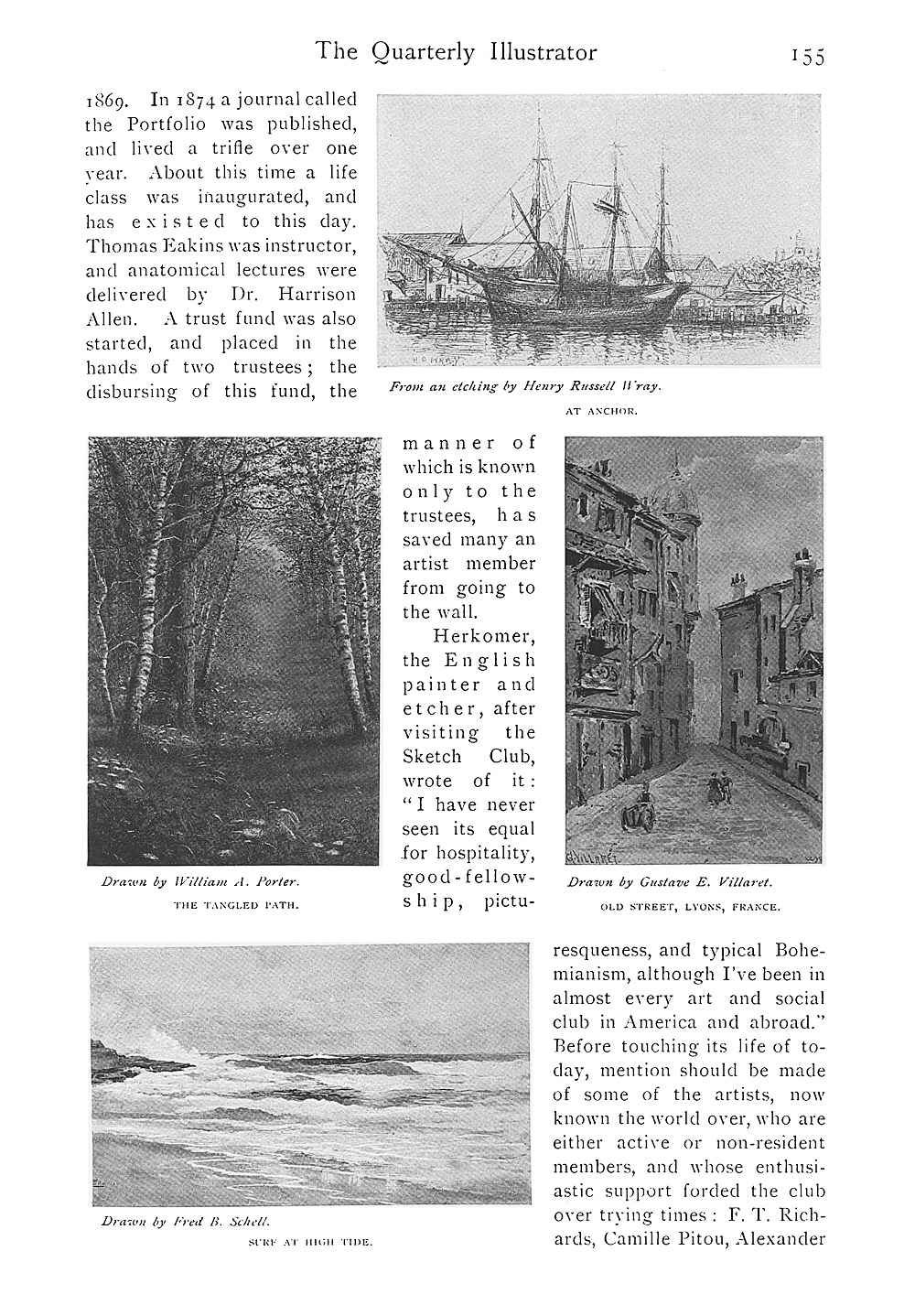
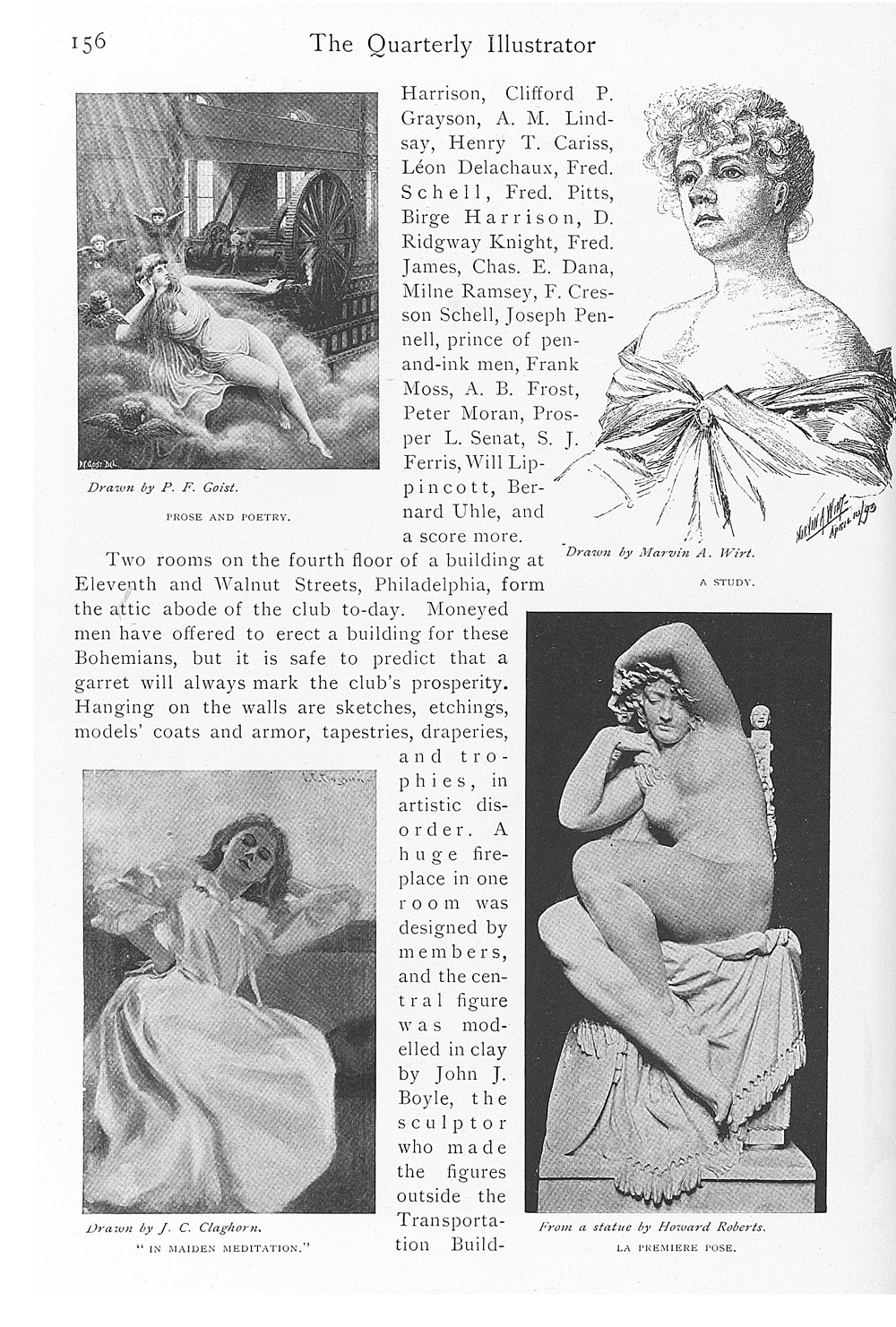
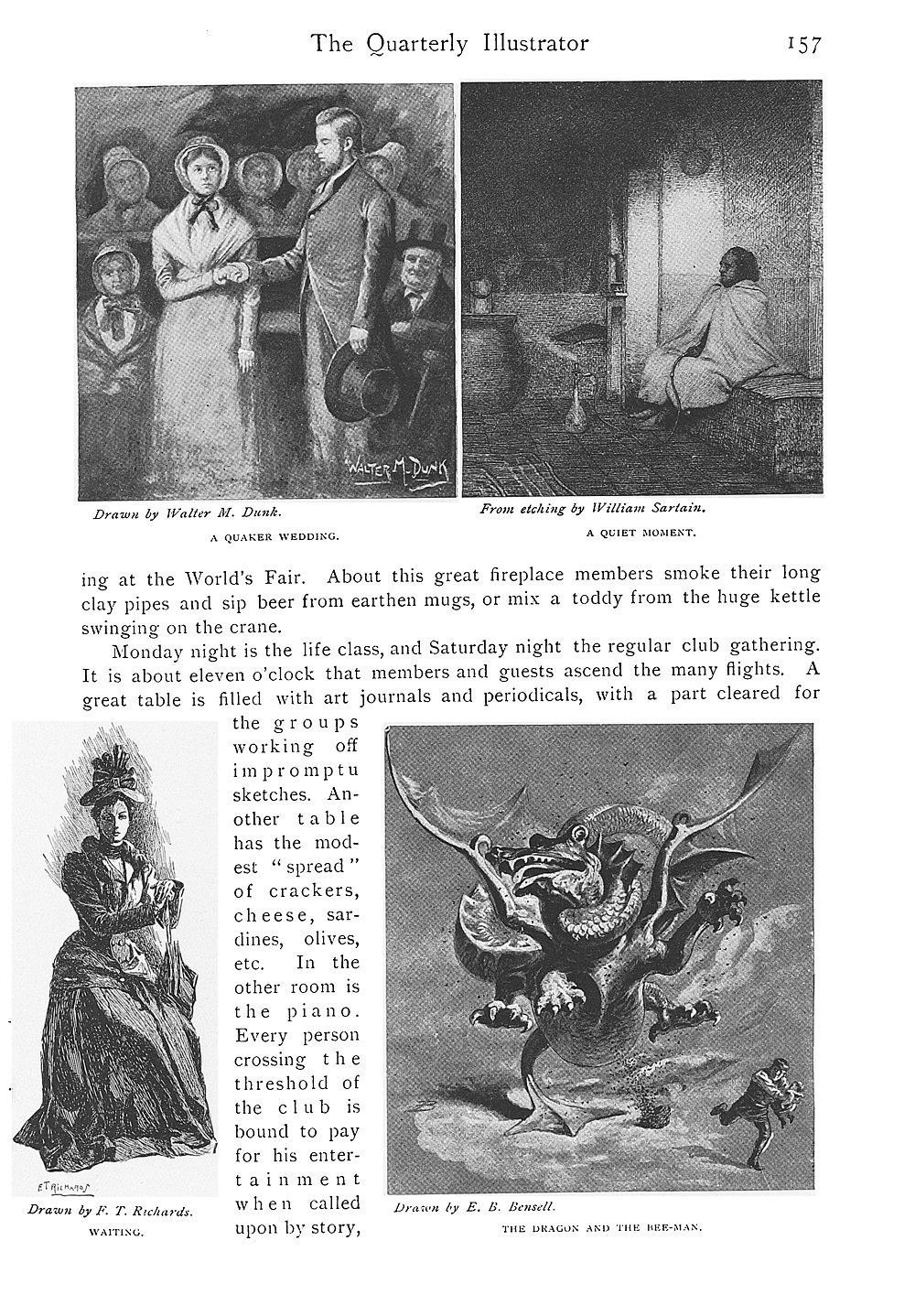
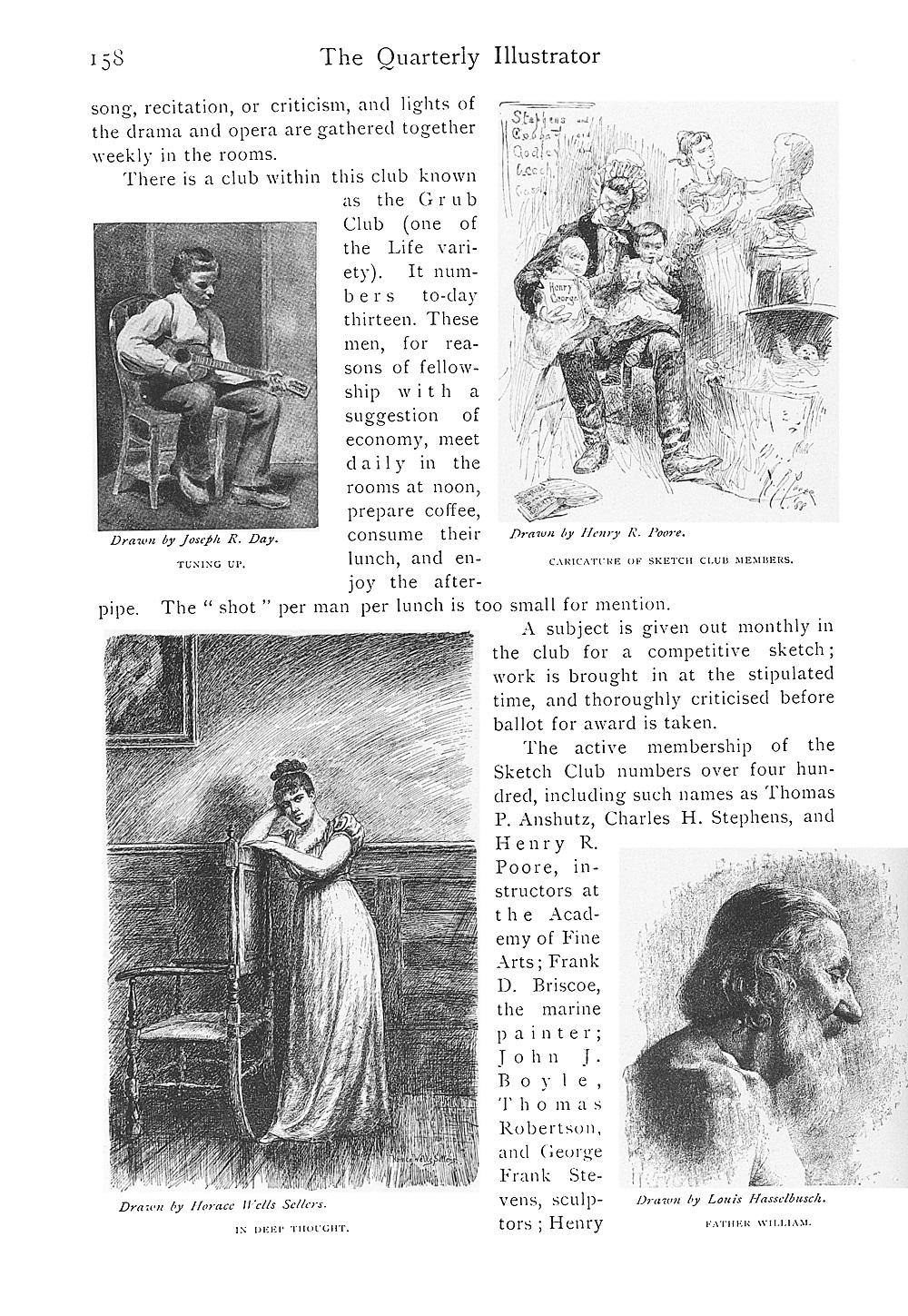
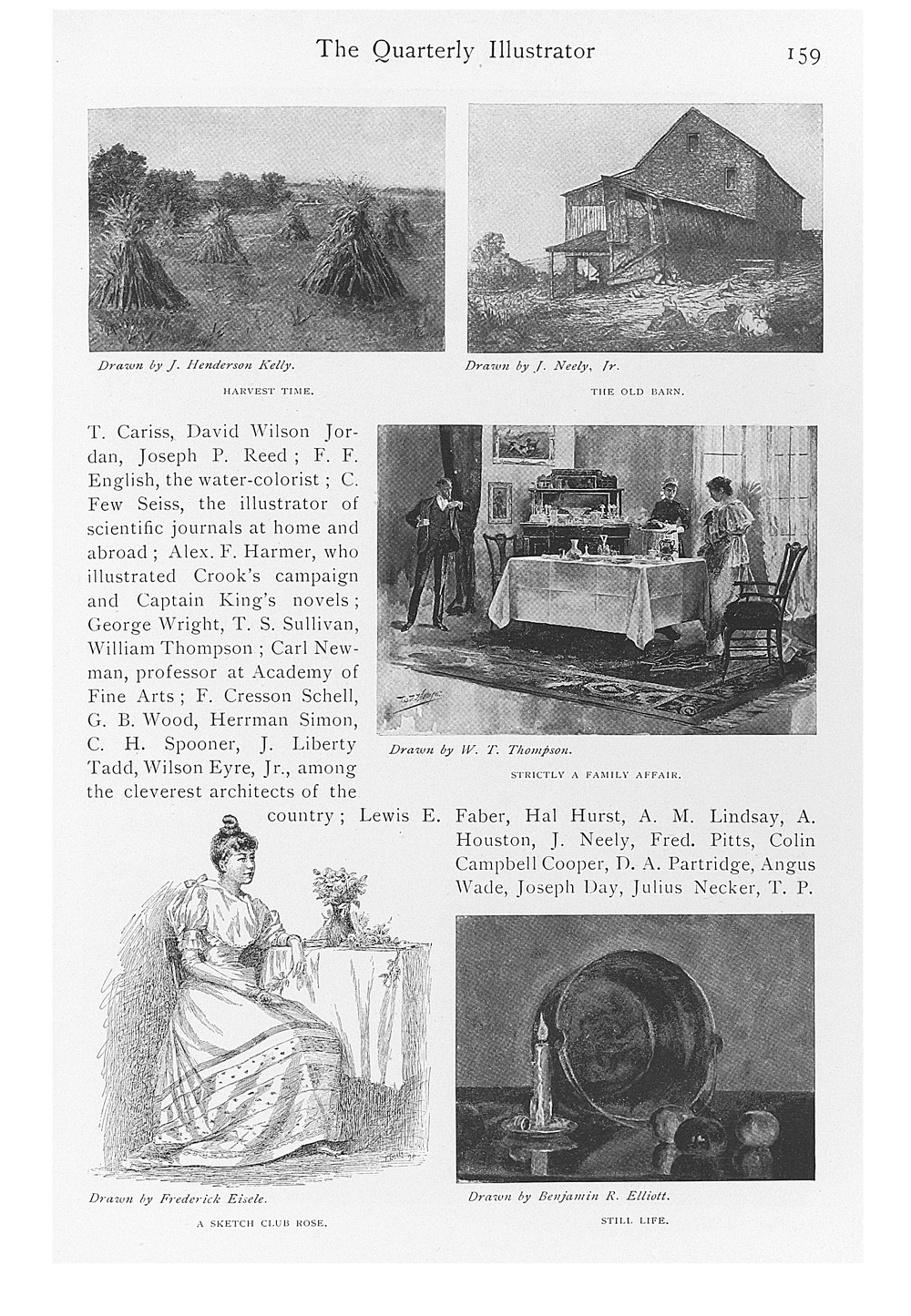
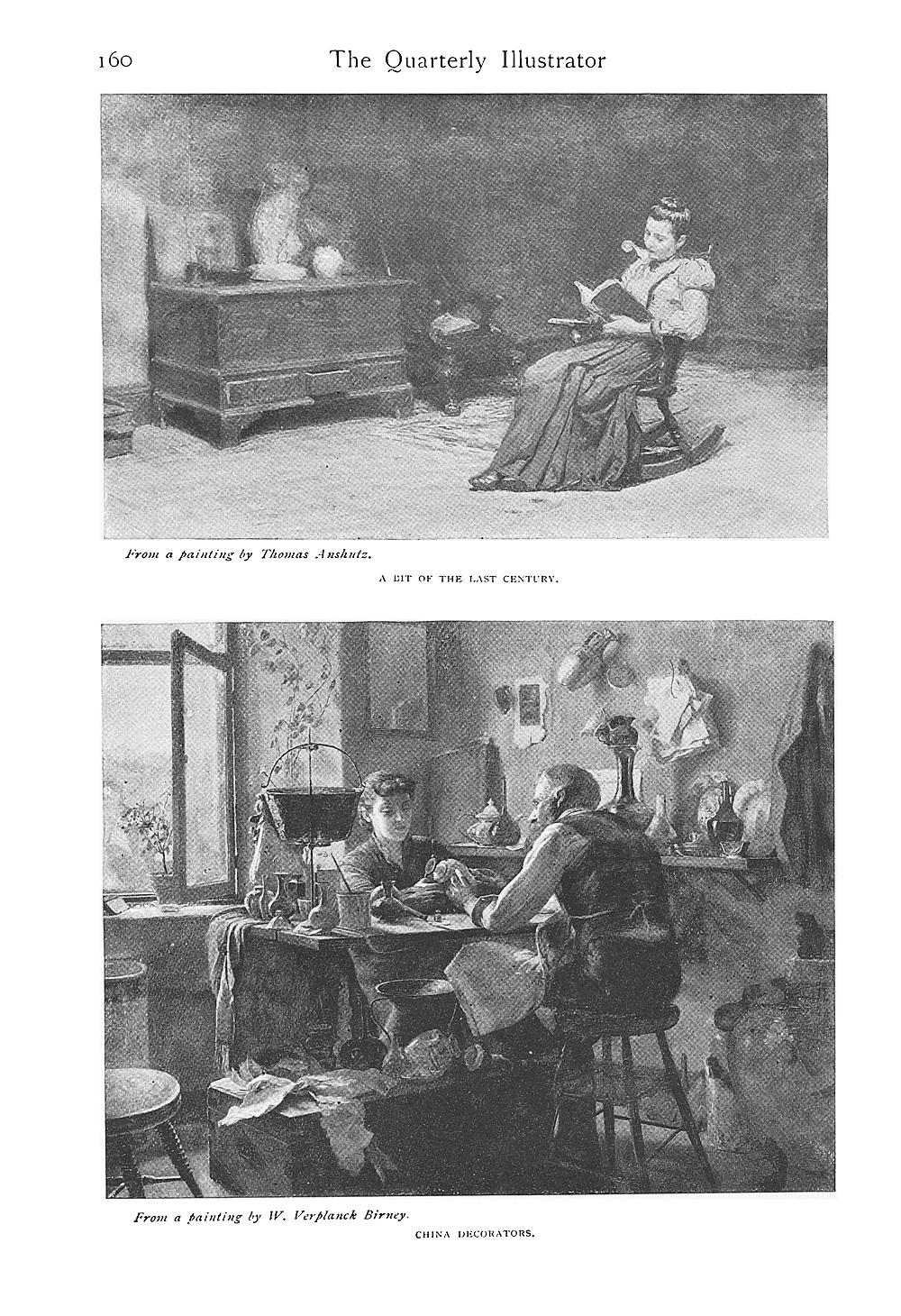
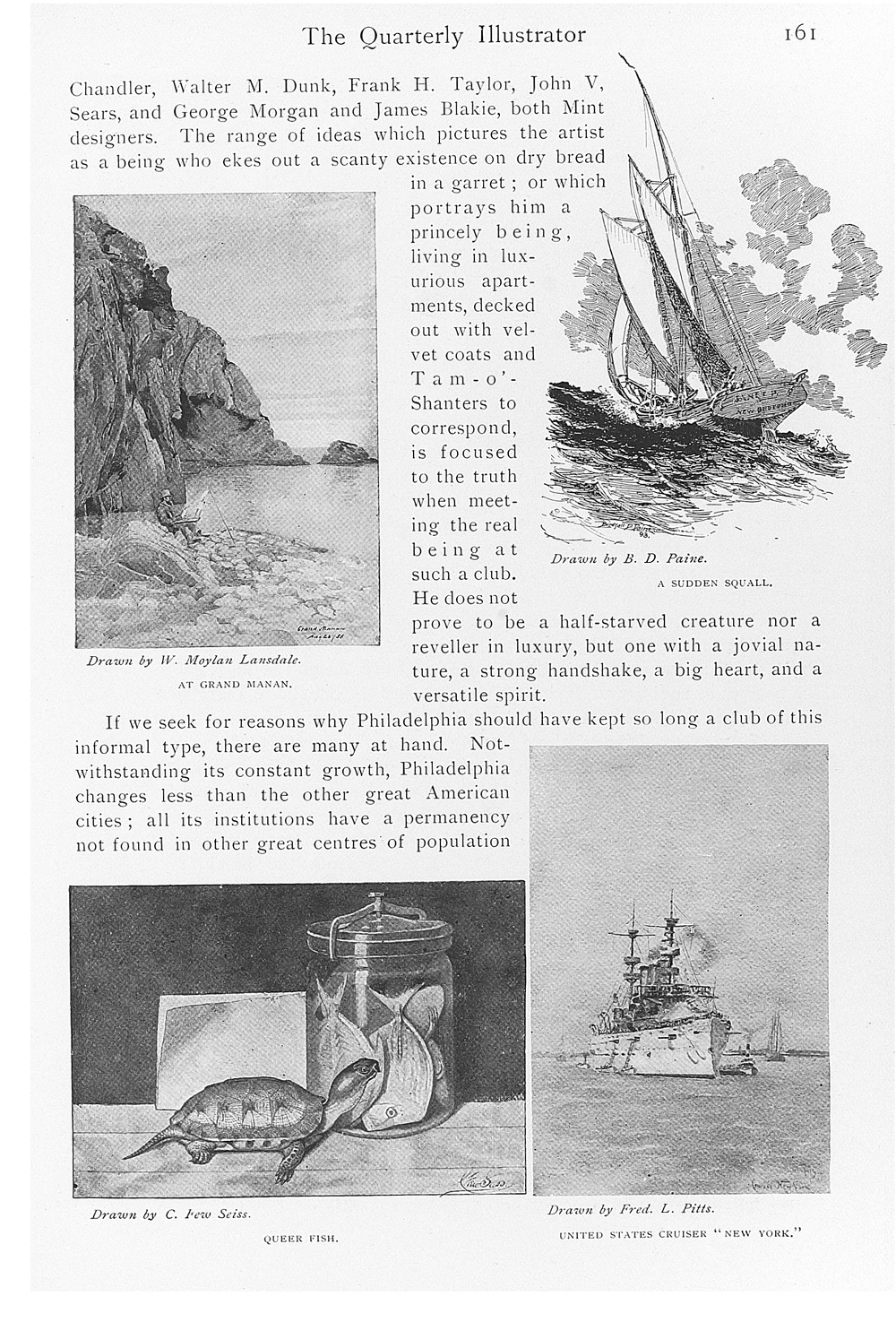
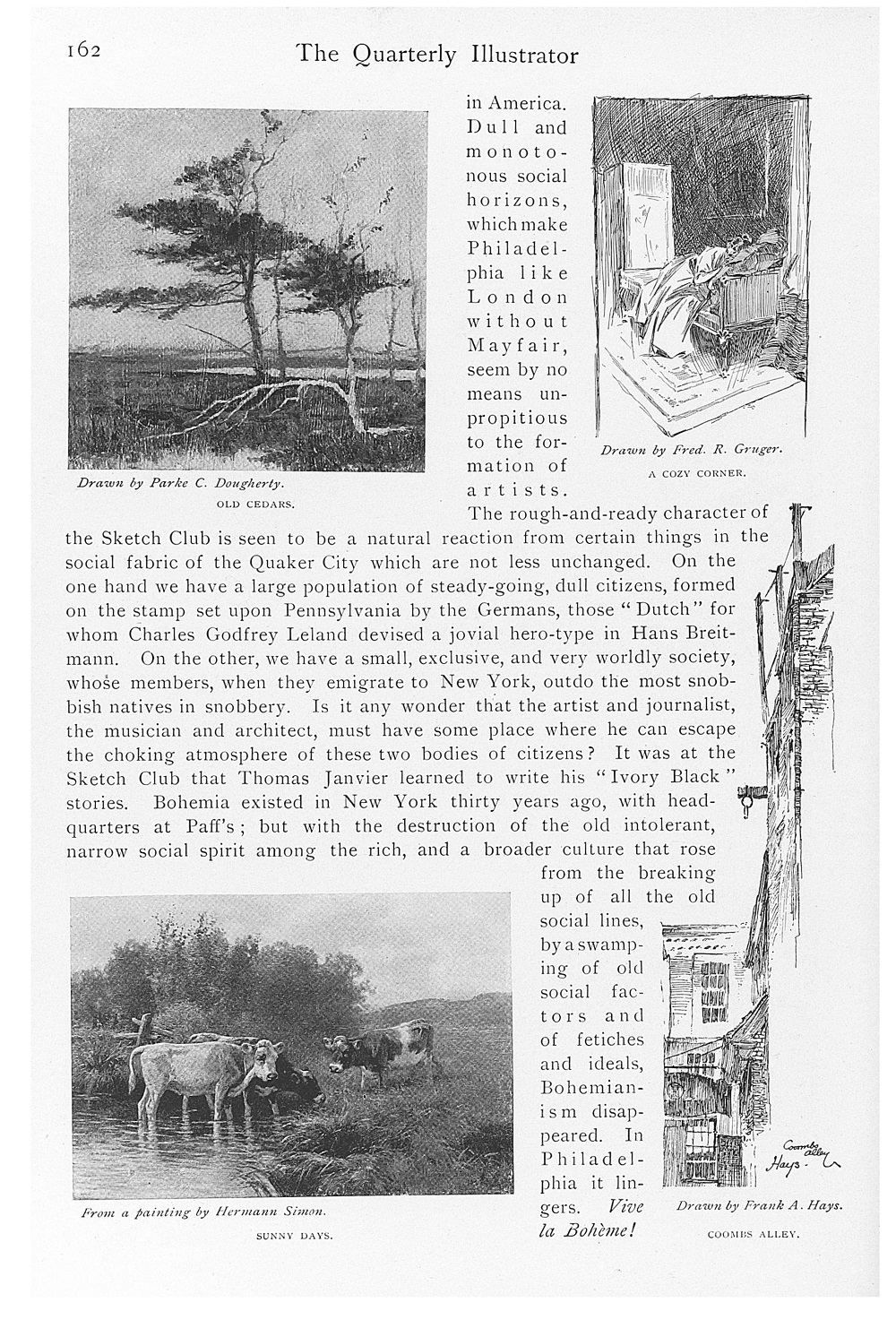
Will The Real Bohemians Please Stand Up
Bohemians are the people native to, or who inhabit Bohemia, the western region of the Czech Republic. In general terms Bohemian is also used to refer to all the Czech people. The country’s capital, Prague, is located in this region.
The word Bohemia comes from the name Boii, an ancient Celtic tribe that once populated the area.
Historically, the lands of the Bohemian Kingdom were independent and self-governing but they eventually became part of The Holy Roman Empire and subsequently, the Austro-Hungarian Empire.
In 1918, after World War II, Bohemia became part of the newly formed country of Czechoslovakia.
The Velvet Revolution of 1993 saw the country divide into the Czech Republic and Slovakia as it stands today.
Now they are wanting to call it Chechia.
We know… it’s confusing!
Although being called a Bohemian may have once been used in a derogatory manner, Bohemian as a descriptive has once again gone “uptown.” Today, when someone says Bohemian, it has the connotation of being artistically hip and chic. Most will agree that being Bohemian is to be a free spirit in a world of banal conformity.
It’s also become an acceptable adjective and is used to describe everything from home decor and clothing to musical styles and restaurants.
That said, will you indulge us a little and answer what being a Bohemian means to you?
How do you feel when you see artists or free-spirits calling themselves Bohemians?
Use the comments section below to answer…
Notes:
(1)Henry Russell Wray passed away in Colorado in 1927.
(2) La Vie de Bohème is a work by Henri Murger, published in 1851.
(3) The Quarterly Illustrator, Volume 2, Issue 6 (April, May & June, 1894).
Thank you in advance for your support…
We know that you could spend hours, days, weeks and months finding some of this information yourselves – but at this website, we curate the best of what we find for you and place it easily and conveniently into one place. Please take a moment today to recognize our efforts and make a donation towards the operational costs of this site – your support keeps the site alive and keeps us searching for the best of our heritage to bring to you.
Remember, we rely solely on your donations to keep the project going.
We appreciate you more than you know!
If you have not already subscribed to get TresBohemes.com delivered to your inbox, please use the form below now so you never miss another post.




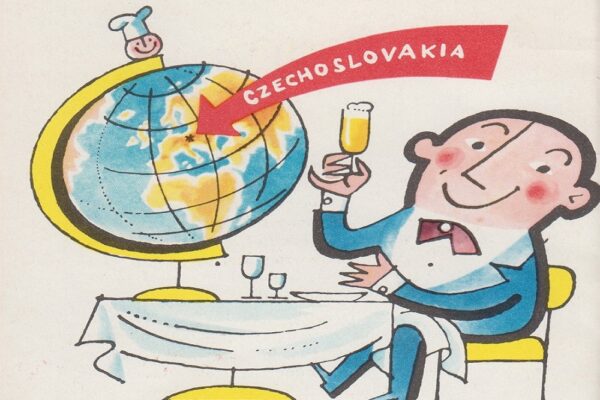

















Thank you for your hard work and dedication.
Nice article.
Finally someone said what I have been thinking all this time.
Ditto. Bohemians are Czechs and not hippies or intellectuals although I have played both in my life.